If you follow me on Instagram, you’ll probably have figured out that I’m back in the office now. And as it turns out, I left one packet of opened sencha in the tea drawer before I left!
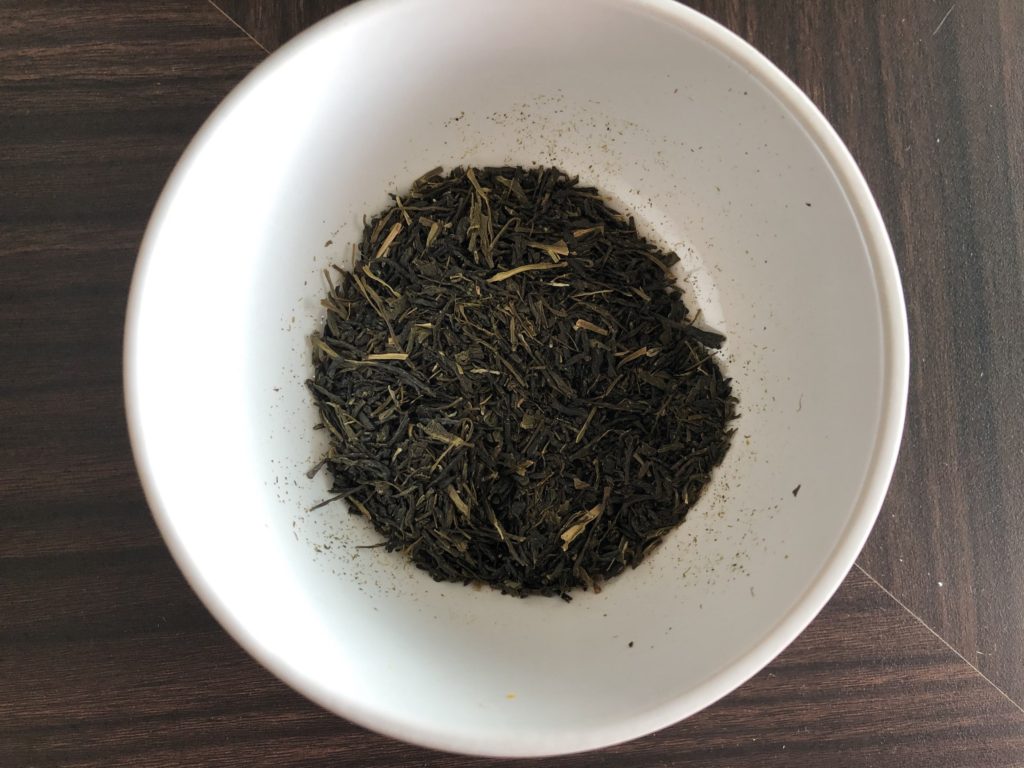
The tea definitely isn’t bad but it’s been six months (in my defence, I thought I’d be away for a month, tops. Ah, 2020) and the tea has definitely lost a lot of its flavour. There wasn’t a huge amount of sencha left, maybe about 20g or so, but I didn’t want to throw it away and I didn’t want to have to drink it. So I googled and I realised that I could make hojicha at home!
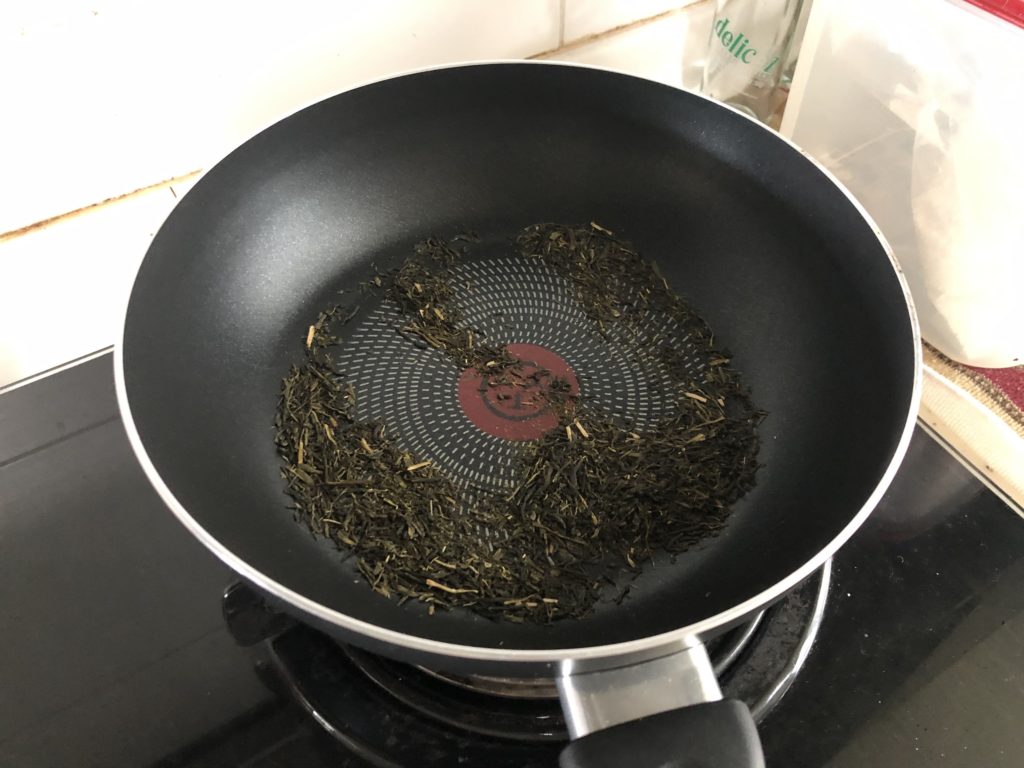
All you need is a frying pan and a stove, both of which I have. I basically followed this recipe from cookpad and everything turned out great! The recipe’s in Japanese, so here’s what I did (in English)
- Preheat the saucepan (not mentioned in this recipe but I saw it elsewhere). Make sure the saucepan is dry – no water or oil – when you’re doing this!
- Add the tea leaves and keep moving it around/tossing it. You can either move the saucepan around or you can use a wooden spoon to move it.
- When the leaves smell like hojicha and you see some of the bigger leaves turn white, it’s time to take it out.
- (Optional but recommended) Using a sieve, filter out the tea dust that has been formed.
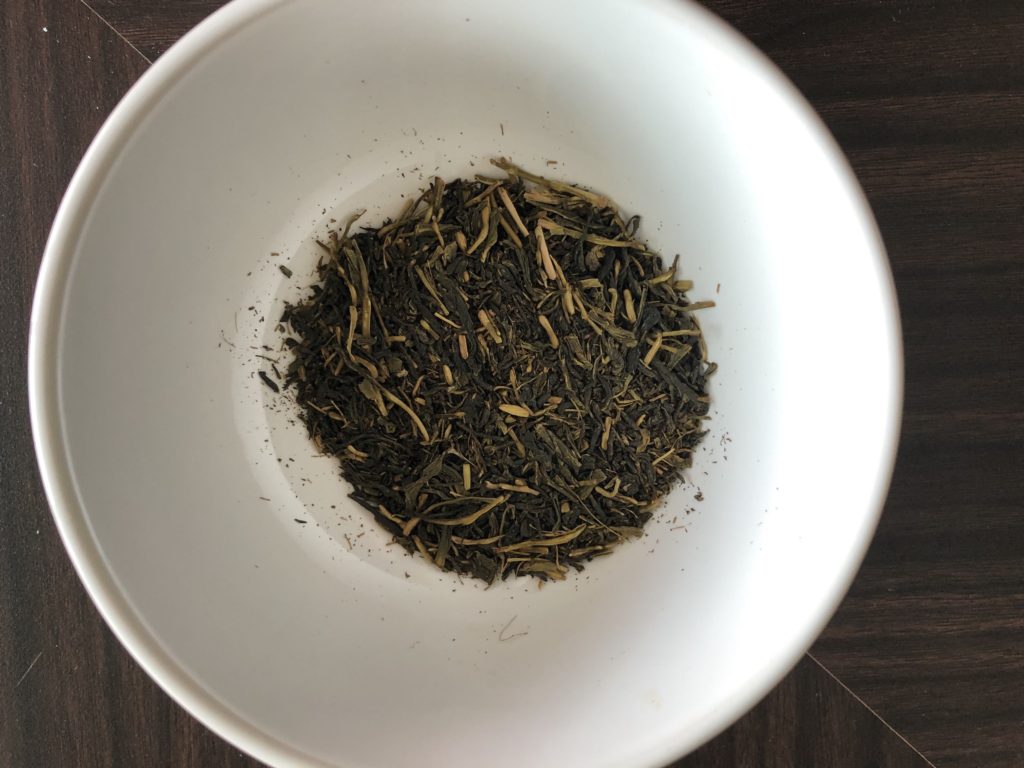
And that’s it! It was surprisingly easy.
Because I was worried I would ruin the tea, I did it in two batches, which gave me the chance to compare the tea before and after.
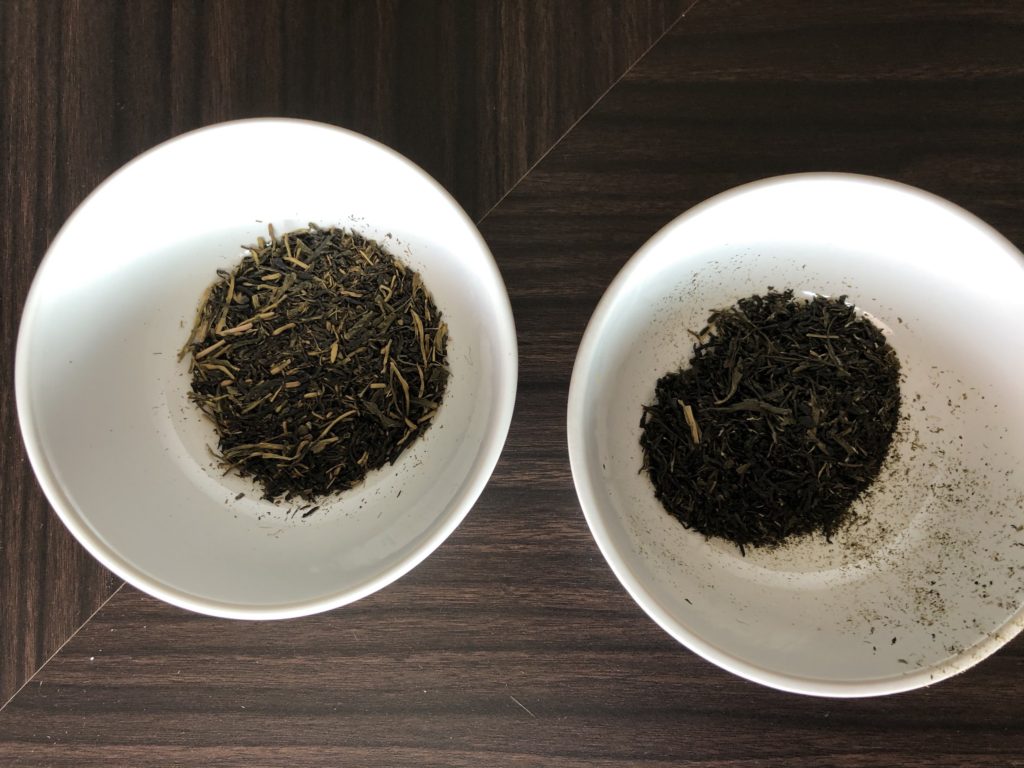
As you can see, the houjicha isn’t much darker (because the green tea has already oxidised so much), but there are “white stalks” (probably white leaves) and it smells like hojicha. Incidentally, the sencha leaves feel a lot smoother than the hojicha, although that’s not really important in the grand scheme of things.

The tea liquor for the hojicha is darker (as expected) and more importantly, it tastes like the hojicha that I’d buy in a shop! A total success, in my opinion, and I immediately turned the remaining sencha into hojicha. If you’d like the tea to be more roasted, you can heat it for longer. I was a bit worried about burning the tea, which is probably why my hojicha looks lighter than the ones you’d get in shops.
Now, I have one more tea that I’m enthusiastic about drinking! Like I mention, this was really easy so if you have old sencha leaves that you’re not sure what to do with, I think this is a good option.
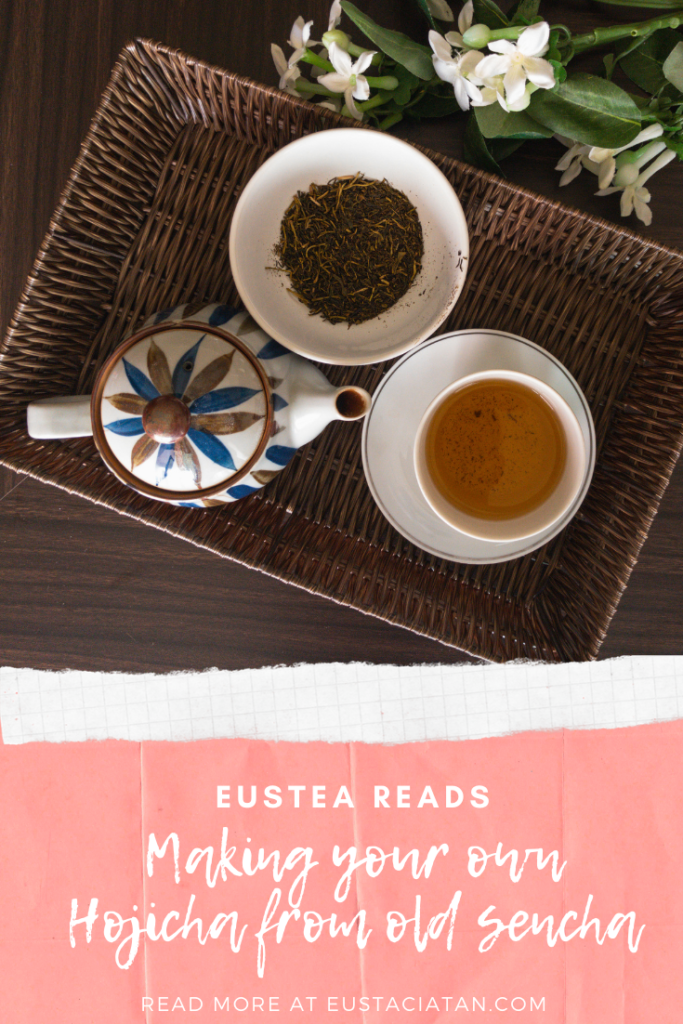

Freshly made hojicha is so amazing!
Yes!! Such a delight!
What a great experiment!
Thinking about it, this sounds exactly like the technique I’ve used in the past for the frying pan based dry roasting of seeds (cumin, coriander, etc) when making Indian spice blends.
I’m also sure that I’ve got a few odd grams of long in the tooth sencha in a caddy somewhere. Hmmm…
Aaaand, if it works for sencha, would it also work for that old gyokuro I couldn’t bear to throw away? Hmmm…
Personally, I’d be interested in knowing how the umami in a gyokuro works as a hojicha. Sounds like you have a couple of tea experiments for slower days (:
I love that you found a way to still use the tea!! That’s what I’m always doing with things hahaha
I really hate to throw out tea, so I’m really glad I managed to rework this!
[…] to minimise waste (you can even turn any stale sencha you have lying around into houjicha – that’s what I did). Here, Ohnishi-en goes even further in using up every bit of the tea by making houjicha out of tea […]